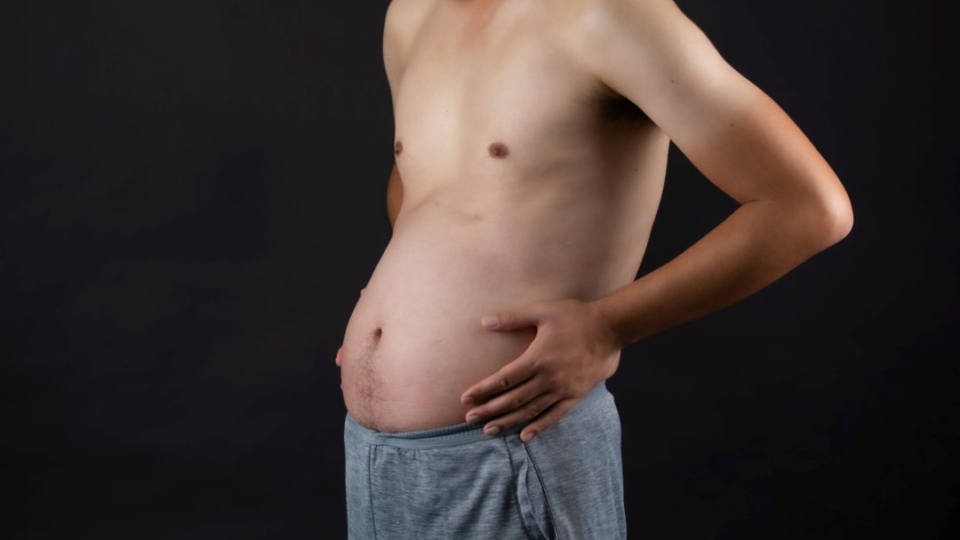
Skinny Fat & Stubborn Fat: Real Solutions Beyond Diet and Exercise
The fitness world loves to focus on dramatic transformations, but there’s one challenge that frustrates millions: being “skinny fat.” You might look slim in clothes or on the scale, but still struggle with soft, stubborn fat—especially around your belly, chest, hips, or thighs. Why does this happen, and what can you realistically do about it? Here’s a clear look at the real causes, best lifestyle fixes, and the truth about medical and non-surgical options for fat loss.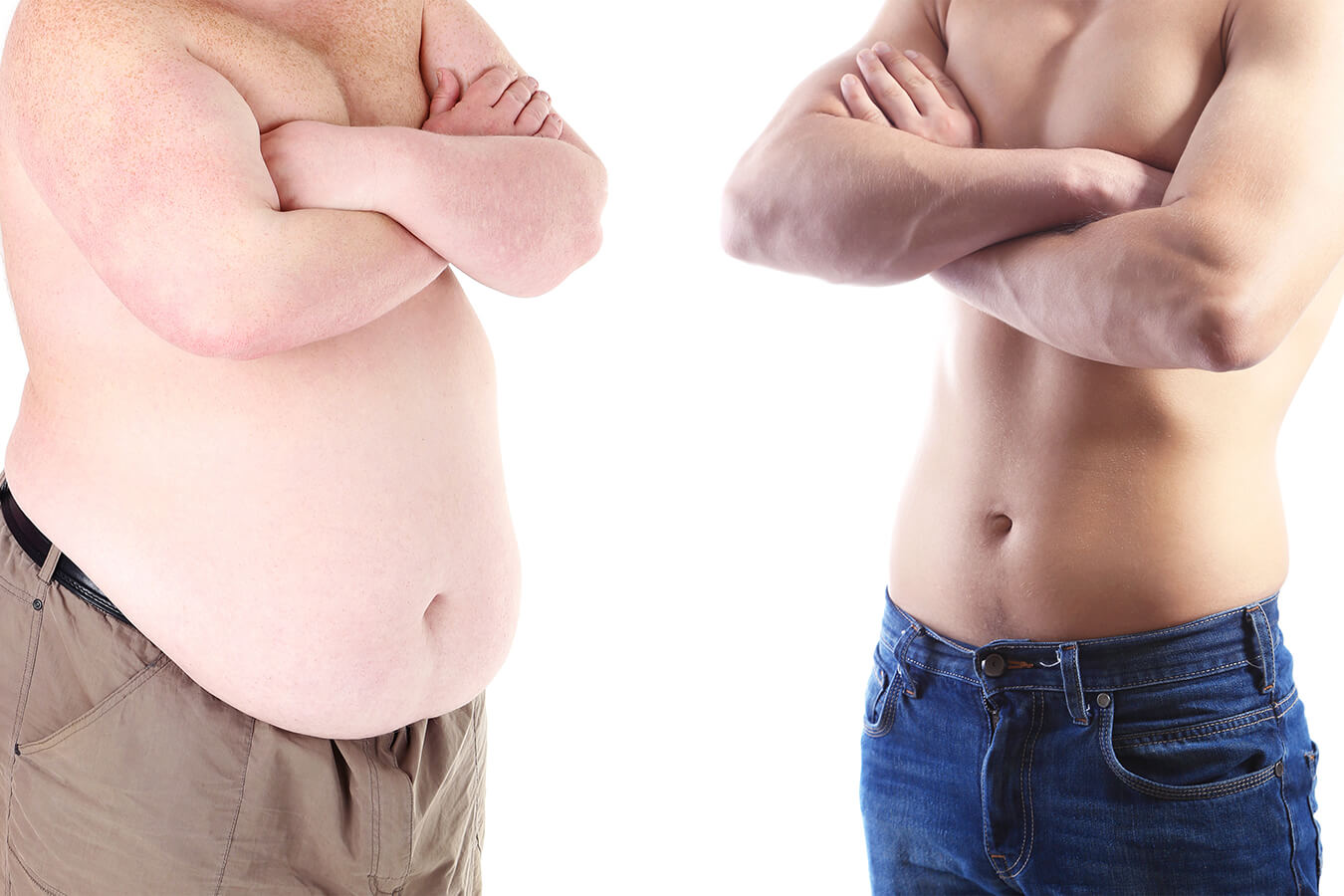
What Does “Skinny Fat” Mean?
“Skinny fat” refers to a body type where you’re not overweight by BMI or appearance, but you have low muscle mass and a higher body fat percentage than you’d like. This usually shows up as soft, stubborn fat—especially around the midsection—even if you’re technically “normal weight.” It often happens to people who diet a lot, do mostly cardio, or have a sedentary lifestyle.
Why Is Stubborn Fat So Hard to Lose?
Stubborn fat—think lower belly, love handles, or thighs—doesn’t always respond quickly to diet or exercise. Genetics, hormones, age, and stress all play a role. Some fat cells are more resistant to being broken down, and crash diets or endless cardio can actually make it harder to lose these spots by lowering your metabolism or burning muscle instead of fat.
Diet & Workout: Still the Foundation
For most people, the healthiest, most reliable way to change body composition is a mix of:
- Resistance training: Builds muscle, raises metabolism, and shapes your body.
- Enough protein: Supports muscle growth and repair.
- Balanced diet: Moderate calorie deficit, lots of whole foods, not extreme restriction.
- Cardio: Good for health and fat loss, but not a miracle for stubborn fat.
It’s important to focus on building muscle—not just losing weight—because muscle gives your body shape and burns more calories at rest. Spot reduction (losing fat from one area only) doesn’t really work—fat loss happens gradually all over.
Medical & Non-Surgical Alternatives: What’s Real, What’s Hype?
If diet and exercise aren’t enough—or you want a little extra help—there are medical procedures designed to target stubborn fat. Here’s what’s popular, what actually works, and what doctors want you to know:
1. CoolSculpting (Cryolipolysis)
- What it is: Non-surgical treatment that freezes fat cells, which are then naturally eliminated by your body over several weeks.
- Results: Can reduce visible fat bulges by about 20–25% in the treated area after 1–3 months.
- Risks: Numbness, mild pain, swelling, or rarely paradoxical fat growth (paradoxical adipose hyperplasia), which may require surgery to fix.
- Reality: Not for major weight loss; best for small, stubborn areas. Results are subtle and take time.
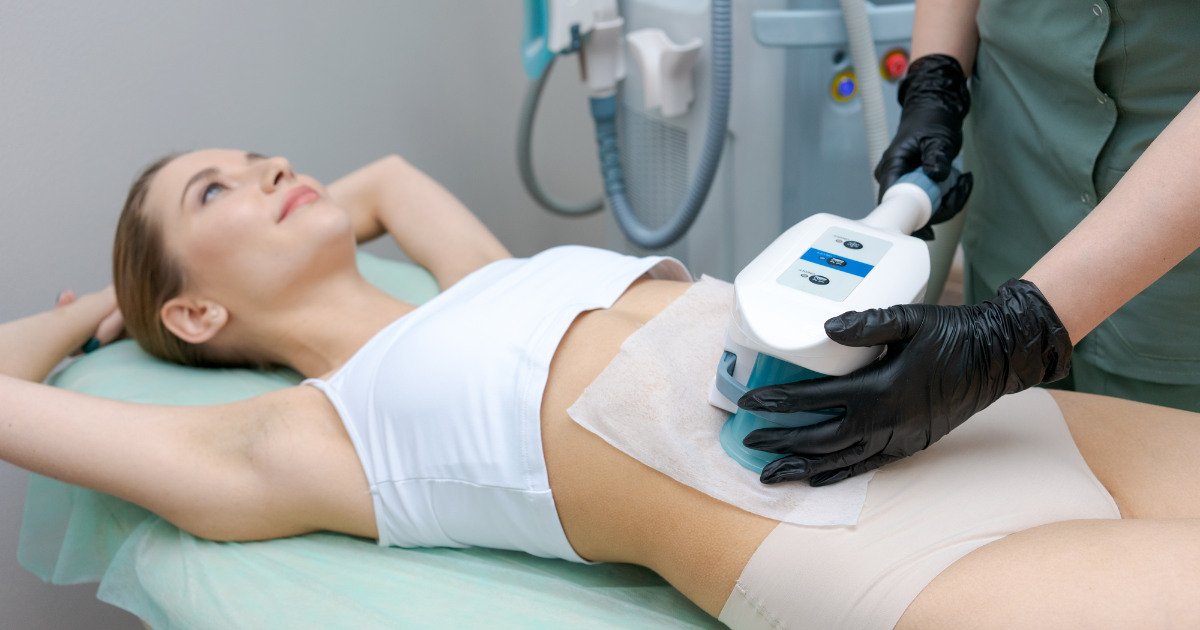
2. Liposuction
- What it is: Surgical procedure that removes fat from specific areas using suction.
- Results: More dramatic and immediate than non-surgical options, but with more risks and longer recovery.
- Risks: Infection, scarring, uneven results, anesthesia complications. It’s not a fix for overall health or lifestyle.
- Reality: Doctors recommend it only for healthy adults close to their goal weight, with realistic expectations.
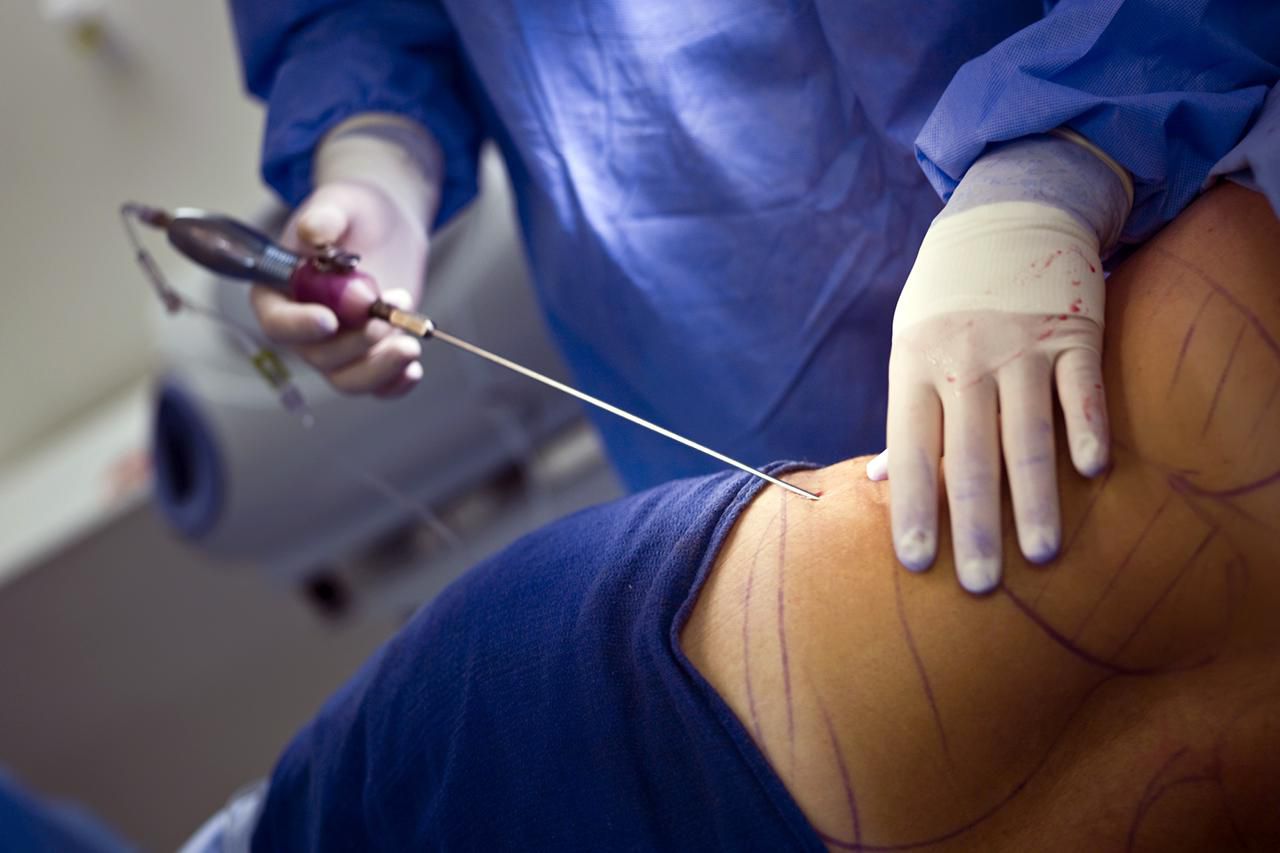
3. Other Non-Surgical Body Contouring
- Laser or Radiofrequency Treatments (e.g., SculpSure, Vanquish): Heat or ultrasound breaks down fat cells. Results are typically modest, require multiple sessions, and can be expensive.
- Injection Lipolysis (e.g., Kybella): Fat-dissolving injections, most often used for double chin. Can be painful and may cause swelling or nerve injury.
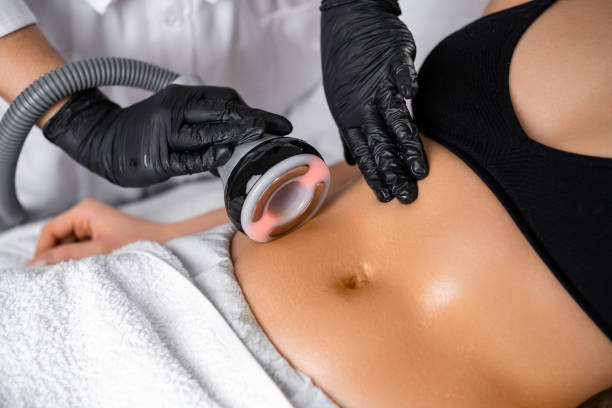
4. Weight Loss Medications
- Prescription drugs like semaglutide (Ozempic, Wegovy) or liraglutide (Saxenda) can help with weight loss in certain individuals, but they’re not specifically for targeting stubborn fat pockets and come with side effects. Always require a doctor’s supervision.

What Can Go Wrong?
While modern procedures are safer than ever, risks exist:
- Non-surgical treatments can cause uneven results, nerve damage, or persistent numbness.
- Surgical options have higher risks—like infections, scarring, and longer downtime.
- All treatments require healthy lifestyle habits for results to last; fat can return if you don’t maintain weight and muscle.
Doctors caution: None of these methods are shortcuts for basic fitness, and none replace the benefits of regular exercise and healthy eating. Most medical experts advise trying lifestyle changes for at least six months before considering any procedure. If you’re interested, always consult a board-certified dermatologist or plastic surgeon—not just a spa or clinic.
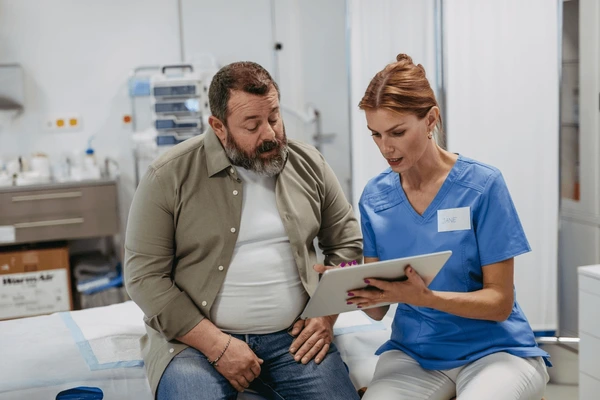
The Bottom Line
There’s no magic solution for “skinny fat” or stubborn fat, but real change is possible. Building muscle and maintaining a steady, healthy routine are key. Medical and non-surgical options can help in some cases, but they’re not miracle fixes—and they come with risks and costs.
Before trying any procedure, talk to a trusted medical professional, get the facts, and set realistic expectations. Remember: confidence, strength, and health are long-term projects. Quick fixes are rarely the whole answer.










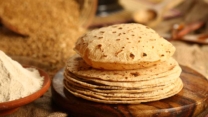



Leave a Reply